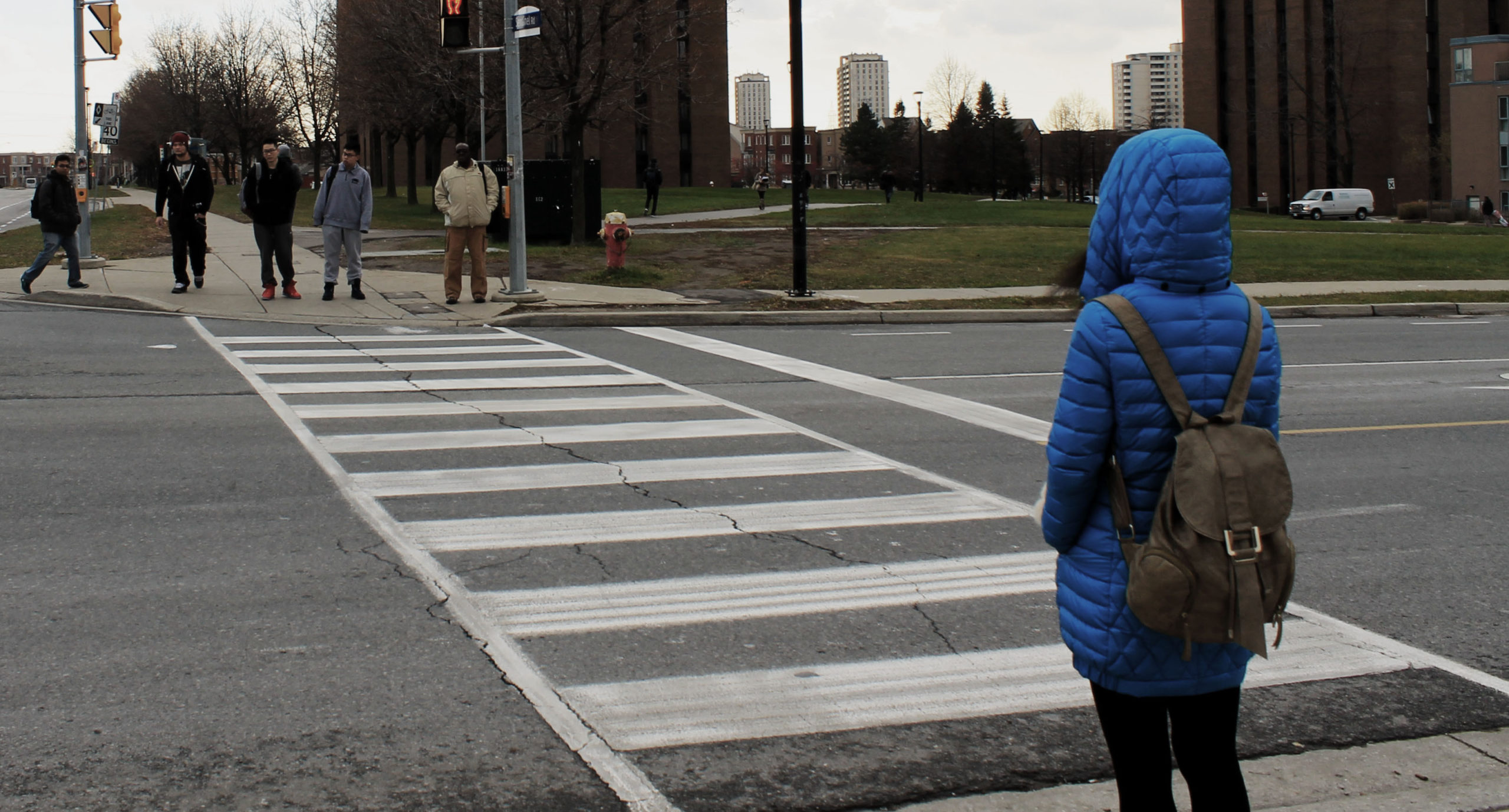Jodie Vanderslot | Health Editor
Featured image: Follow the sun, literally. | Basma Elbahnasawy
Seasonal Affective Disorder (SAD) begins when the days become shorter and our hours of sunlight are reduced. It’s caused by the lack of daylight in northern climates during the winter months, especially so in the fall, after the clocks are turned back.
It’s the winter blues—SAD.
Life naturally slows down in the winter months. As the days grow shorter, light becomes scarce, and while outside looks less and less appealing, it is easy to give way to our innate response: remain inside and stay warm. However, it is possible that depression of this sort is the result of hibernation and social withdrawal itself.
SAD is a form of depression-related disorders, and is related to changes in seasons, especially affected by a lack of sunlight.
SAD is most common during late January through the beginning of February—however, some are recognizing their symptoms now, with a few even experiencing it prior to daylight savings time, as they begin to anticipate the change—and sense of dread—to come in the colder months. The lack of socialization, exercise, and stimulation play a large role in determining our mood.
The decreased sunlight exposure may upset your biological clock, which is responsible for your sleep-wake patterns, as well as other circadian rhythms. It can also create problems with serotonin levels—a chemical in the brain that affects one’s mood—as well as reduce melatonin levels, a hormone that regulates sleep.
If you have SAD you may be feeling less positive, experience emotions of hopelessness, lethargy, and changes in your temperament and interests. You may find yourself oversleeping, which is followed by an increase in appetite—particularly, a craving for carbohydrates such as bread and pasta—which can lead to weight gain.
Eighty per cent of those affected by SAD are female. It can be challenging to diagnose this disorder, as it’s difficult to definitively say whether or not your feelings will change once spring starts to bloom.
However, SAD is a specifier of major depression, and those with it experience it on a recurring basis, having the symptoms at a particular time each year.
When the seasons change, their depression enters remission. Once this pattern is realized, your doctor may be better able to address the challenges you’re facing.
SAD is a reality for many, and it can become debilitating to one’s daily functioning. There are treatments for SAD, including phototherapy (light therapy) sessions, natural supplements, and cognitive behavioural therapy.
Phototherapy involves exposing oneself to light through a device, which tends to be a box or lamp. The device will mimic and produce similar effects to natural light, regulating the chemicals in the brain and altering your mood.
Additionally, exercising during daylight hours may also help to increase one’s energy levels and lessen their depression. However, in some cases, antidepressants can provide necessary and effective treatment for those suffering from SAD.
So, whenever you see the symptoms of SAD sprouting up, reach out and talk it out, in order to help you find ways of coping during these colder months.


